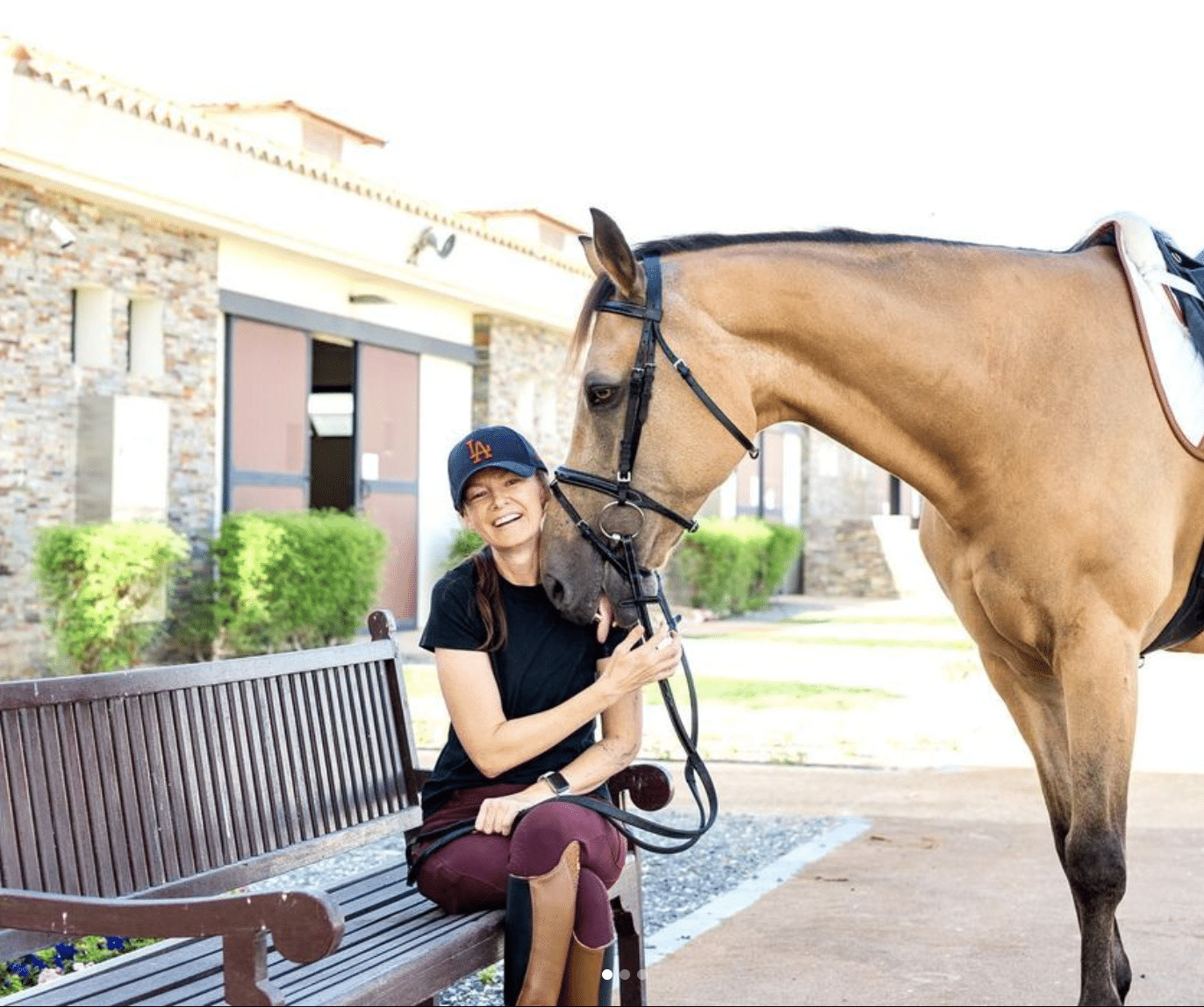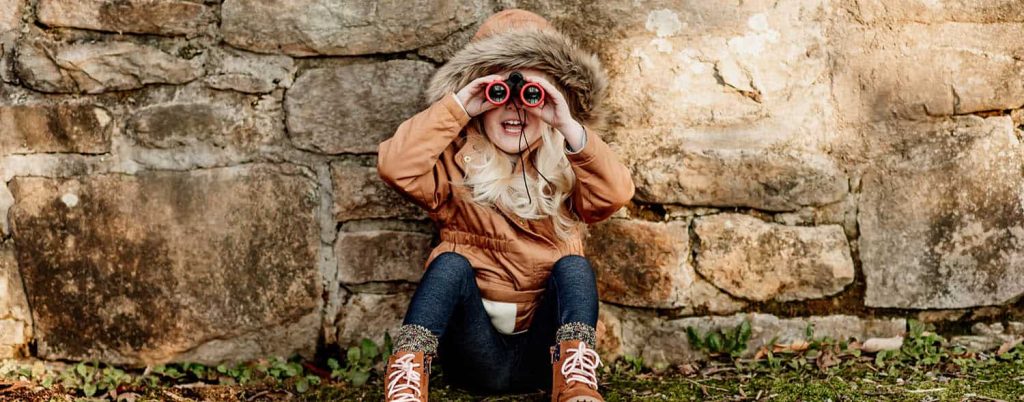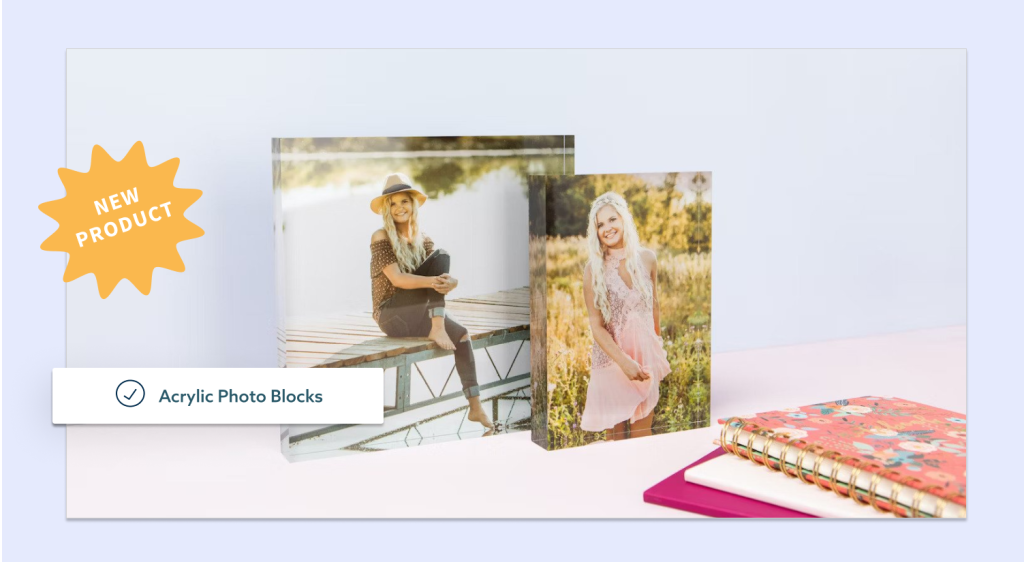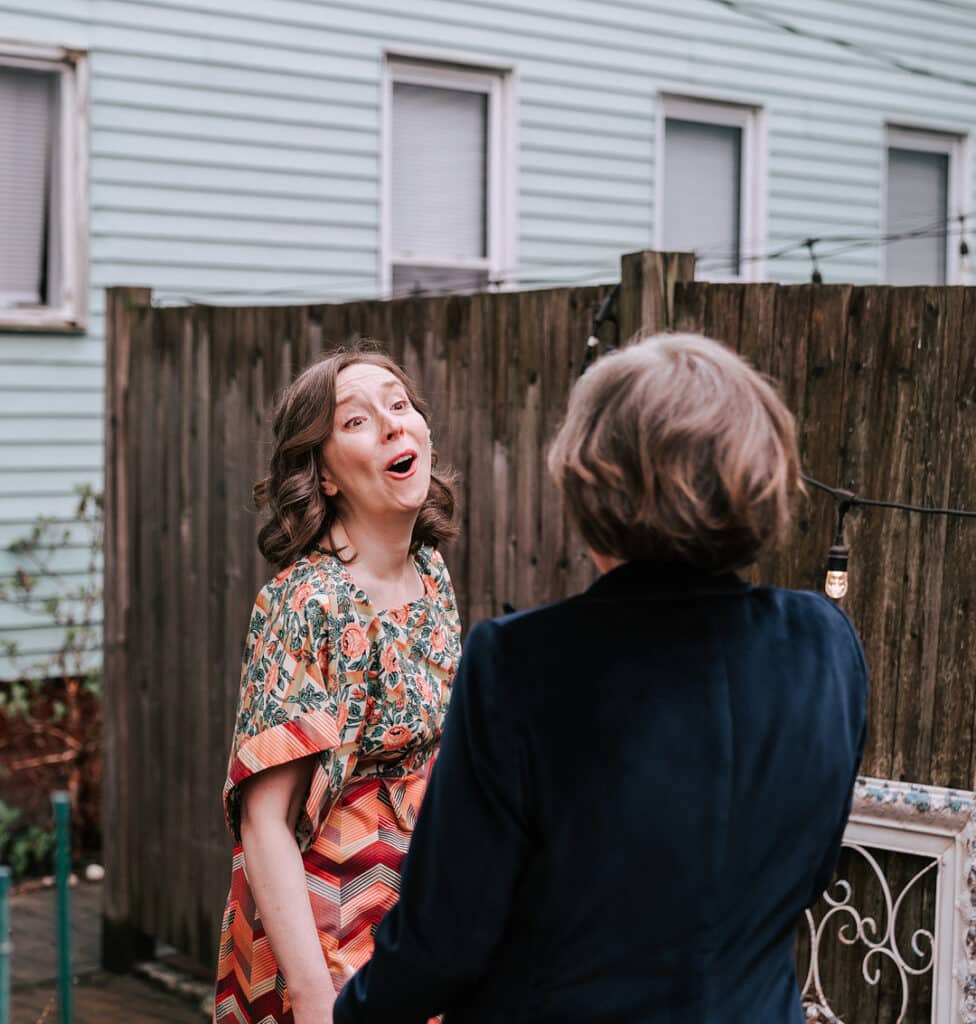
Pricing products is one of the hardest parts of running a photography business. It feels straightforward at first (at least you think so)! Your lab charges $4 for an 8×10, so maybe you triple it and charge $12. Easy profit, right?
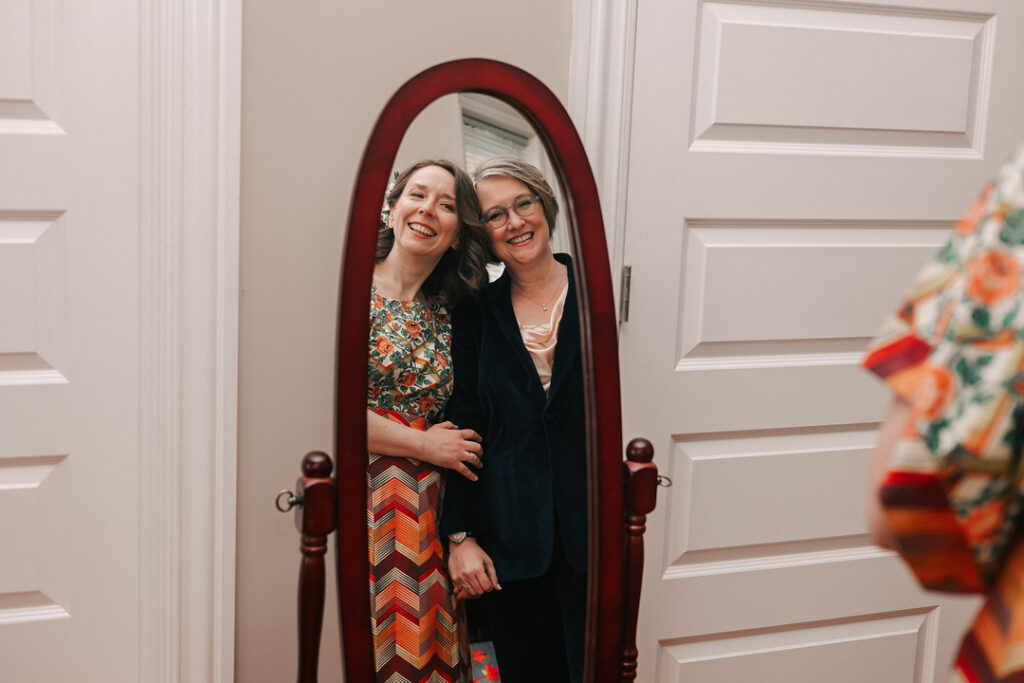
Welllllll, not really.
That approach is one of the fastest ways to short-change yourself and your business. Because the true cost of a print isn’t just what you pay the lab. It’s the combination of product cost, time, taxes, risk, and overhead. And if you don’t calculate it correctly, you’re essentially paying clients to take your work home.
Let’s break it down, run the numbers, and share a couple of real-world examples so you can price prints with confidence (and hopefully some decent profit).
Get clients. Get paid. Get happy.
Why “x3 your lab cost” isn’t great advice
You’ve probably seen this floating around in photography groups: “Just mark up your product 3x.”
It sounds simple, but it ignores the most critical factor in your business: YOU.
Here’s what gets overlooked:
- Your time (editing, ordering, packaging, delivering)
- Packaging and shipping supplies
- Taxes and fees
- Replacements (for when things get lost, damaged, or reprinted)
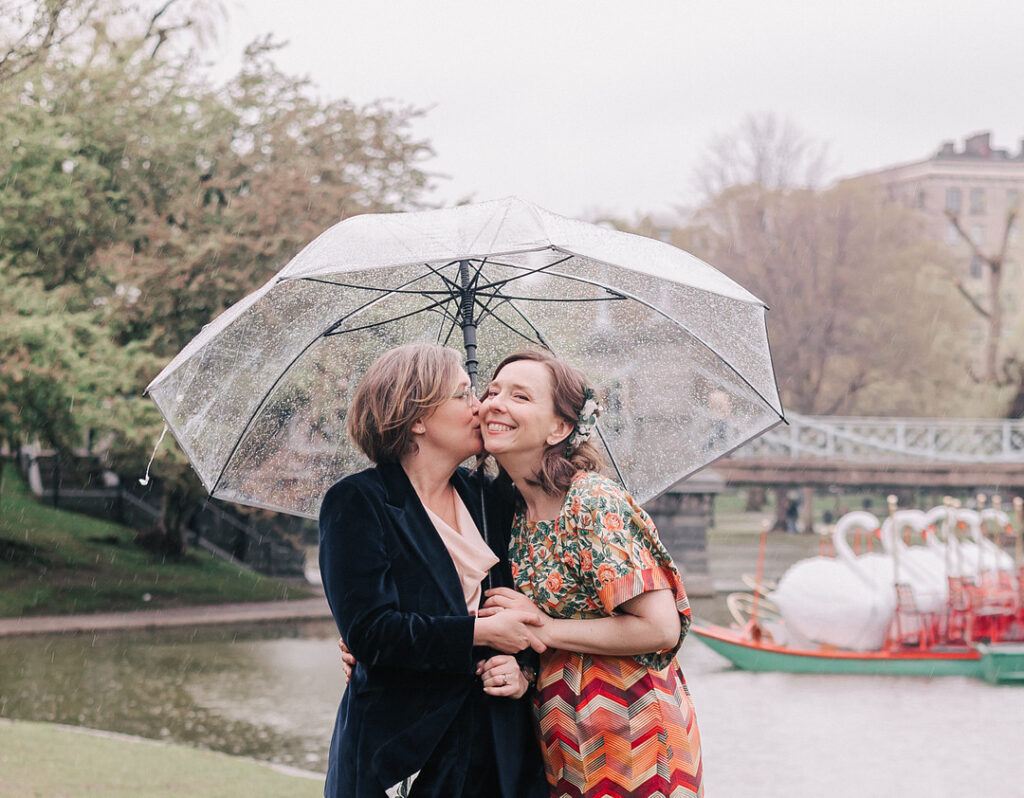
The result? A $4 print ends up costing you closer to $39 once all is said and done.
Breaking down the true cost of a print
Let’s walk through some more realistic math, shall we?
Lab print cost: $4
Prep time: 10 min (color check, edit tweaks)
Ordering time: 10 min
Packaging/delivery time: 1 hr
Supplies: $2 for a box and wrap
Your time value: $25/hour (1 hr 20 min = $33)
Total = $39 COGS (Cost of Goods Sold)
If you only charge $12, you’re “making” $8 on paper but actually losing money once taxes and risks are factored in.
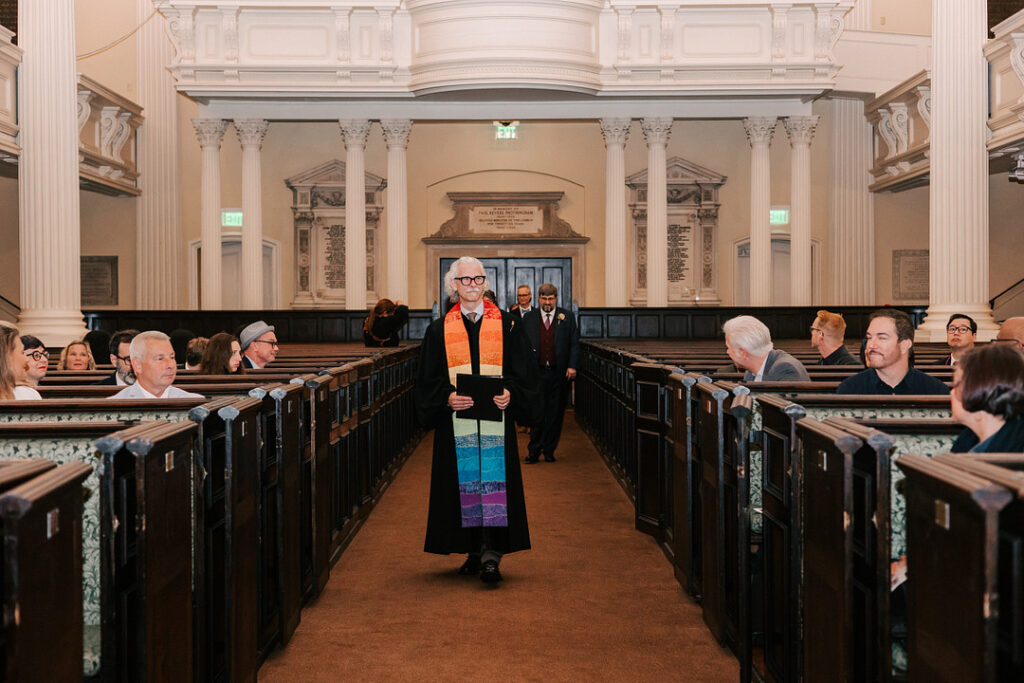
Professional Photographers of America (PPA) recommends pricing so COGS equal about 25% of your sale price. That means:
- $39 × 3 = $117
- $39 × 4 = $156
- $39 × 5 = $195
That’s a far cry from $12.
Example #1: The single print problem
Imagine this: your client orders just one 5×7 print. That’s it.
At $125, it sounds expensive for one small print. But here’s the thing, you don’t realllly want people buying just one print, right?
Instead, pricing high on singles nudges clients toward bundles.
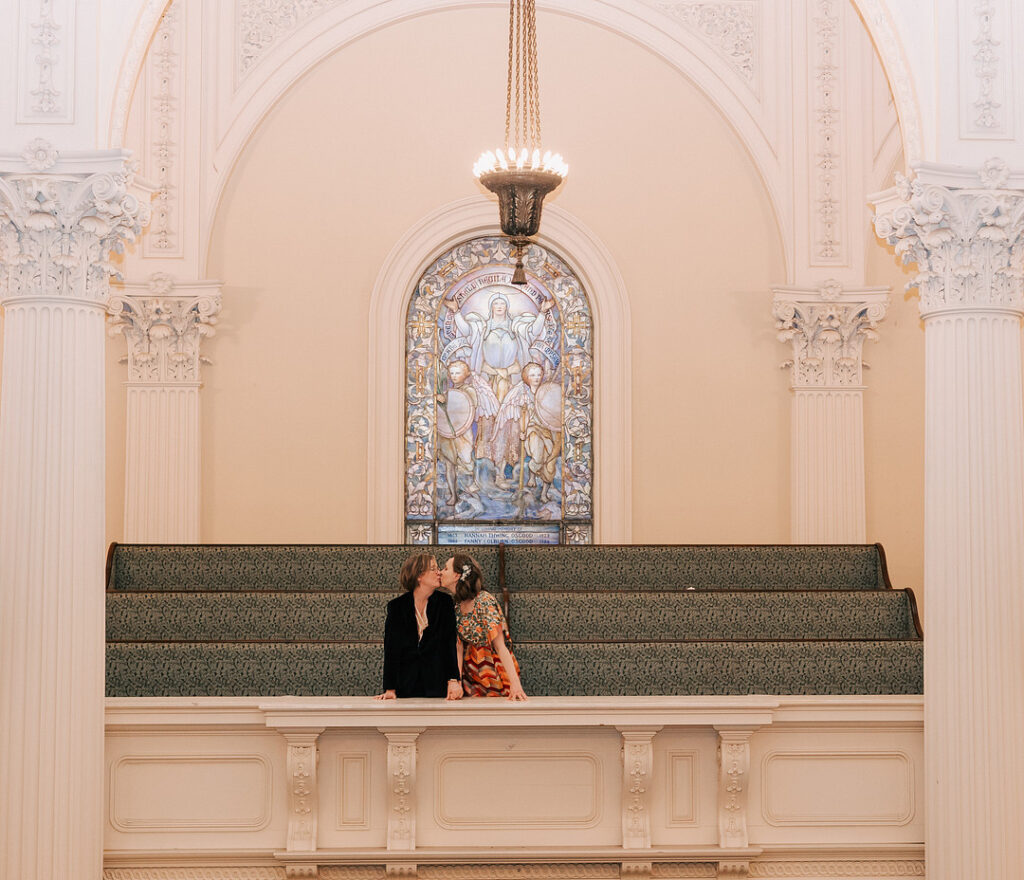
- One 5×7 = $125
- A set of 10 = $430 (about $43 per print)
Suddenly, the bundle feels like a much better deal, and you’ve protected your profit. You’ve also rewarded yourself for the time it takes to fulfill that single order if someone insists on it.
Example #2: The “dog ate my print”
Here’s another scenario: you deliver a package of prints to a client. A week later, they email you with the dreaded note, “We loved them, but the box got soaked in the rain. Can you send new ones?”
If you’ve only marked up the print cost x3, those replacements come out of your pocket. You’re not just out the cost of reprinting (you’ve lost the packaging, shipping, and your time).
If you’ve priced correctly using the true cost of a print, those unexpected issues don’t eat into your livelihood. They’re already built into your margins.
So how do you calculate your own pricing?
Every photographer’s business looks different. The goal is to create pricing that reflects:
- Your hourly value – Decide what your time is worth. Even if you’re newer, don’t undervalue yourself.
- Average prep and fulfillment time – Track how long it actually takes to prepare, order, and deliver a product.
- Supplies and shipping – Boxes, bubble wrap, and tape add up.
- Risk of replacement – Even a 5–10% buffer helps you cover accidents and errors.
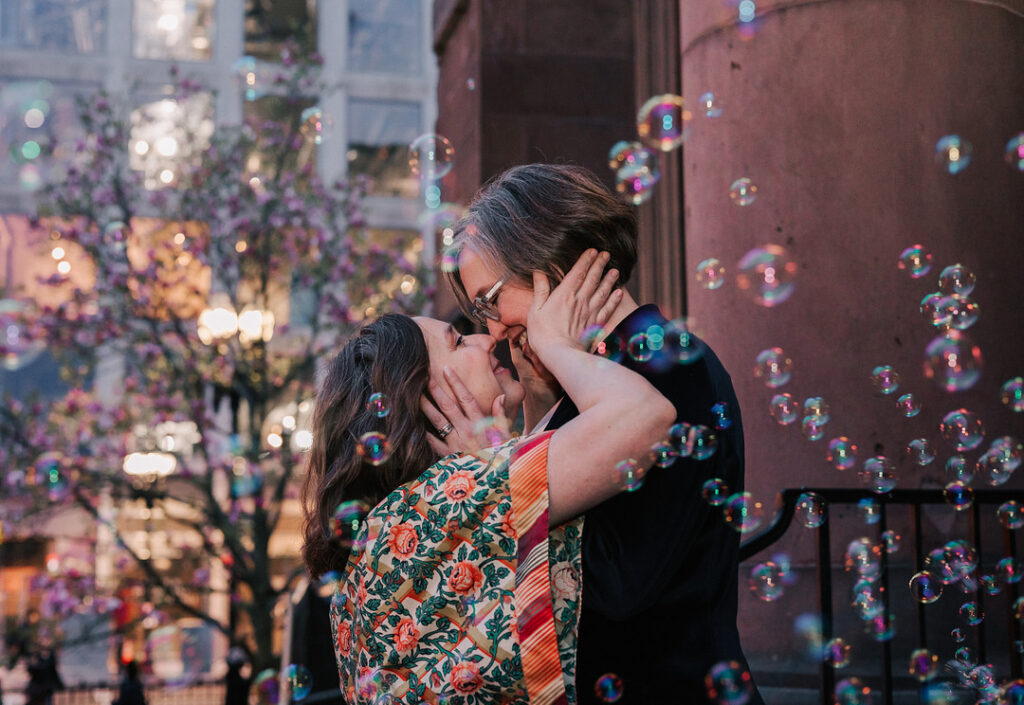
Add it all up, then use a 3x–5x multiplier to set your final retail price.
How to use tiered pricing to your advantage
Once you know the true cost of a print, you can build packages and pricing that encourage clients to spend more while still feeling like they’re getting value.
- Singles priced high → discourages one-off orders.
- Bundles priced “better” → clients feel smart choosing the bigger option.
- Wall art/albums priced intentionally → positions higher-ticket items as premium investments.
It’s not about tricking clients—it’s about structuring your pricing so that both you and your clients win.
What about lab-fulfilled prints?
If you use a service like ShootProof with integrated labs, you can cut out a huge portion of your time cost. No packaging, no post office runs, no dog-proofing your prints.
That doesn’t mean you should slash your prices to the bone, but it does mean your true cost of a print may be much lower than if you’re self-fulfilling.
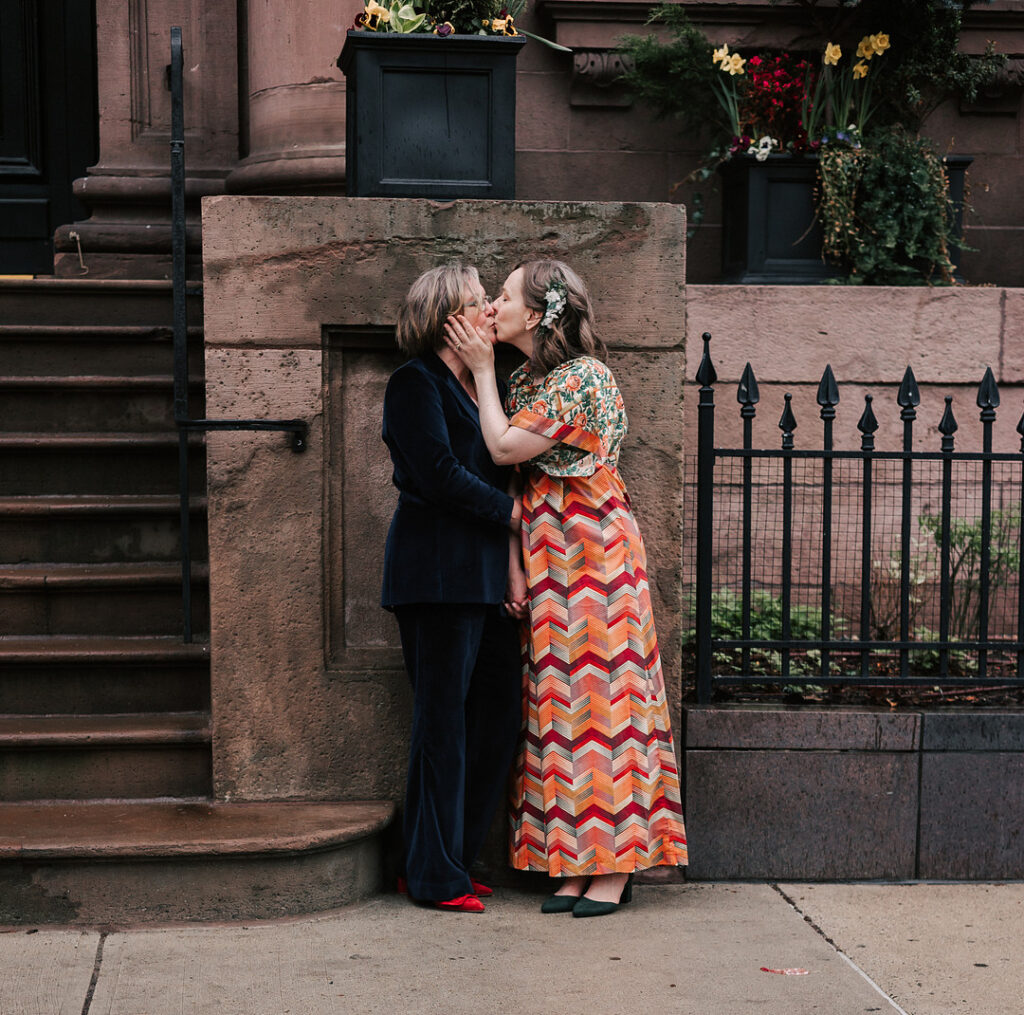
This gives you flexibility:
- Keep prices higher for profit margins
- Or lower them strategically to stay competitive
Either way, you’re making decisions based on numbers, not guesswork.
So remember this…
- The true cost of a print is more than what your lab charges—it includes your time, supplies, risk, and taxes.
- A $4 print often costs closer to $39 when calculated honestly.
- Pricing at x3, x4, or x5 ensures you’re not losing money on every sale.
- Real-world examples—like the single print problem or the rain-soaked box—prove why padding for risk matters.
- Lab-fulfilled products can save time, but you still need to run your numbers.
Your time is valuable. Don’t price like it’s free. When you calculate the true cost of a print, you create pricing that’s sustainable, profitable, and fair—for both you and your clients.
Build a Beautiful Business.
Beautiful photos by Ari Marie Photography
